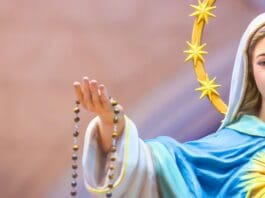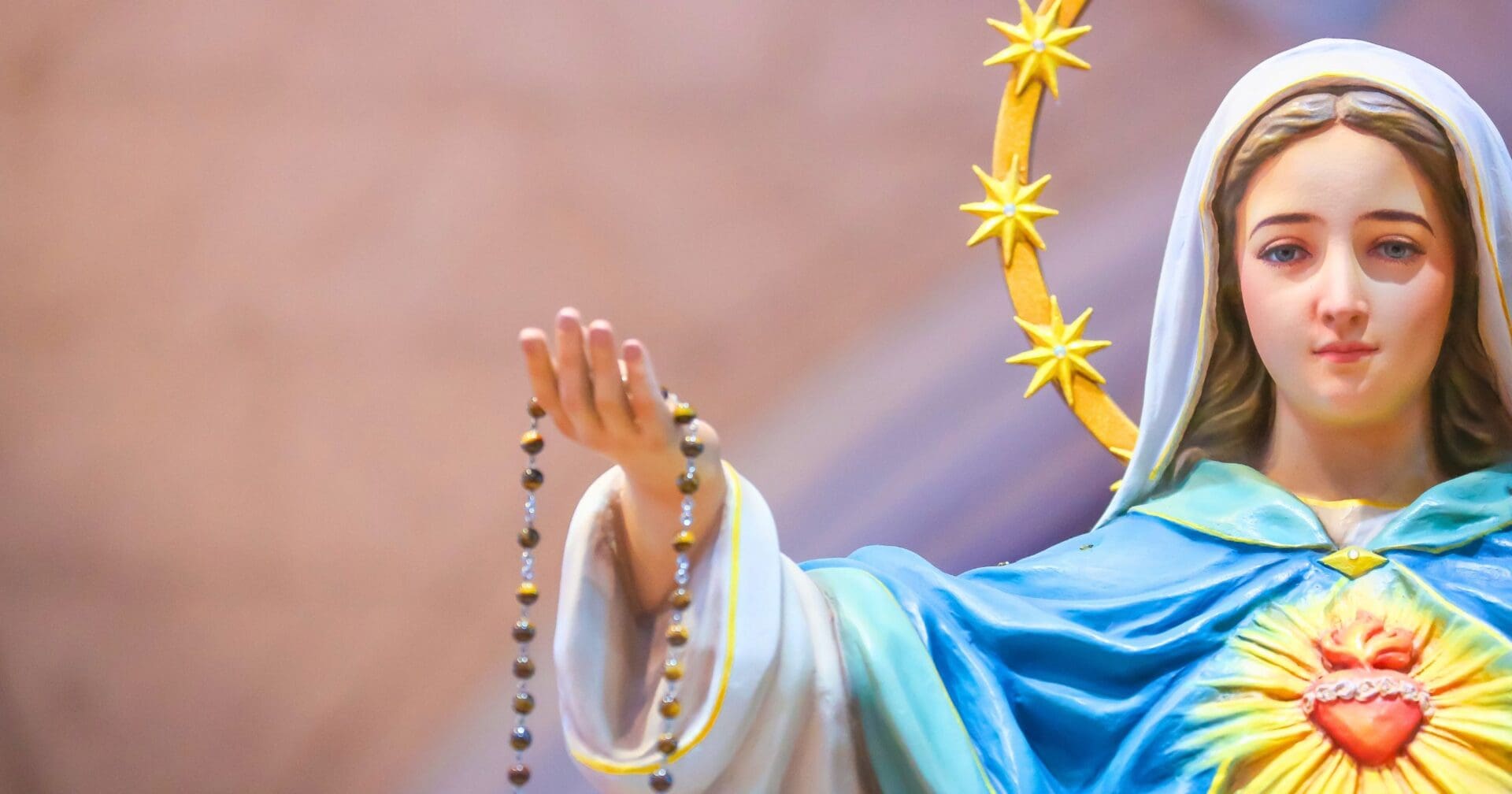
The Rosary, a cherished devotion to Our Lady, has been viewed not just as a spiritual exercise but also as a protective prayer in times of crisis.
One legendary instance is the Battle of Muret in 1213 where the Albigensian heretics faced defeat, a victory credited to St. Dominic’s recitation of the Rosary.
A more widely recognized incident linking the Rosary to divine intervention occurred in 1571. On the first Sunday of October that year, the Ottoman fleet was decisively defeated at the Battle of Lepanto by Don John of Austria. On that very day, processions were held in Rome by the Rosary confraternity. Seeing the victory as a sign of heavenly favor, Pope St. Pius V decreed that a commemoration of the Rosary should be observed on that date. This celebration was later endorsed by Pope Gregory XIII in 1573, specifically for churches with altars dedicated to the Holy Rosary.
Subsequently, the celebration of the Rosary gained broader acceptance. In 1671, Pope Clement X extended the observance to all of Spain. Another significant event was the victory over the Ottomans by Prince Eugene in 1716, on the feast of Our Lady of the Snows. Following this, Pope Clement XI mandated the universal celebration of the Rosary feast. Additional contributions to this devotion were made by Popes Benedict XIII, who introduced specific lessons on the topic, and Leo XIII, who elevated the feast’s significance and added the title “Queen of the Most Holy Rosary” to the Litany of Loreto.
Moreover, on this special day, any church associated with the Rosary confraternity offers a plenary indulgence to visitors who meet certain conditions, reinforcing the deep spiritual significance of the Rosary in the Catholic tradition.
Editorial credit: Immaculate / Shutterstock.com
The post Our Lady of the Rosary appeared first on uCatholic.
Daily Reading
Thursday of the Second Week in Ordinary Time
Reading 1 Hebrews 7:25—8:6 Jesus is always able to save those who approach God through him, since he lives forever to make intercession for them. It was fitting that we…
Daily Meditation
Finding Solace in Jesus
Click here for daily readings “He had cured many, and, as a result, those who had diseases were pressing upon him to touch him” (Mk 3:10). This scene opens with…




